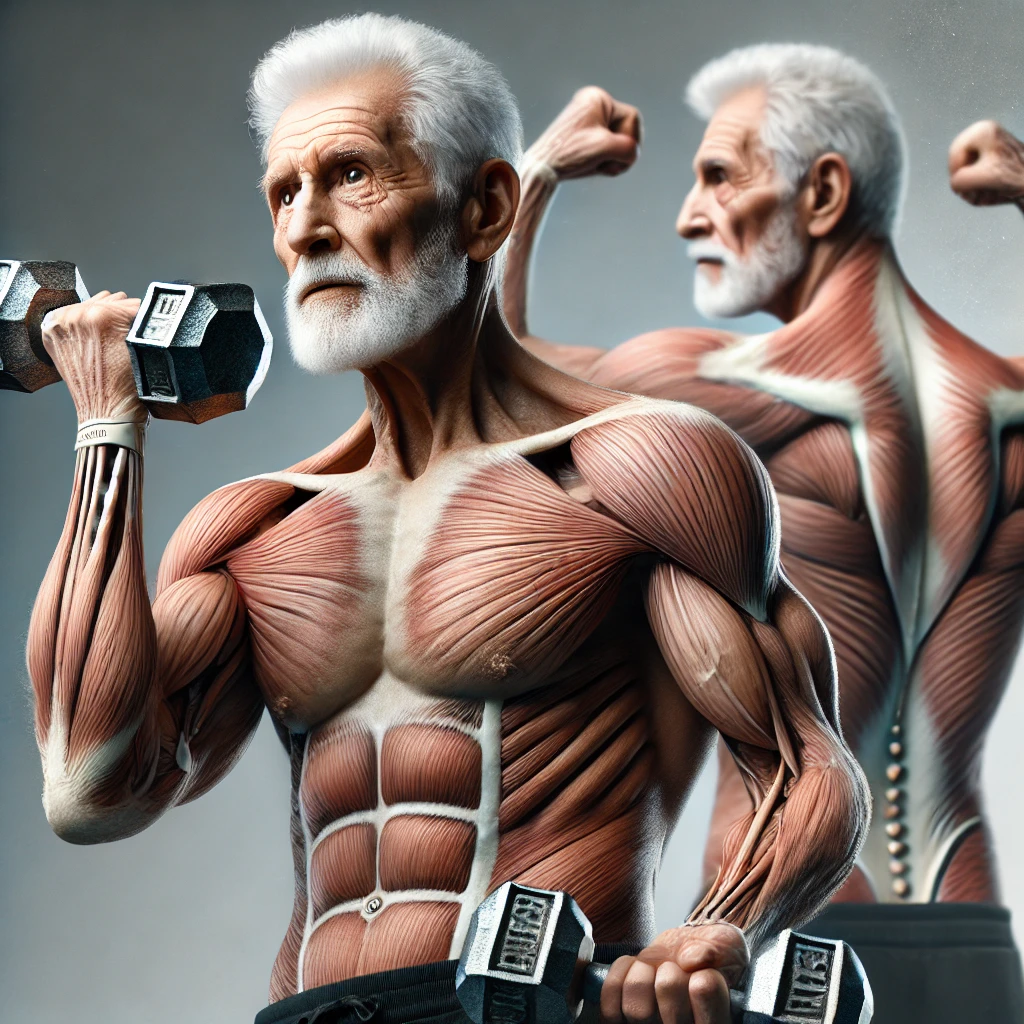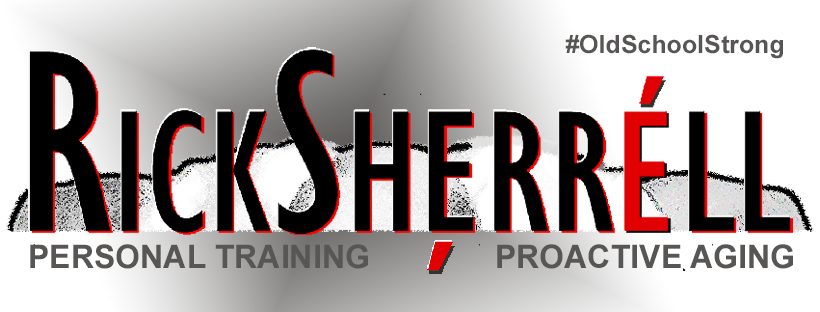
Sarcopenia, the age-related loss of muscle mass and strength, is often accelerated by certain activities (or lack thereof) that aging adults commonly engage in. Here are several culprits that contribute to this muscle loss:
1. Sedentary Lifestyle
- Spending excessive time sitting (e.g., watching TV, using a computer, or lounging in a chair).
- Lack of regular physical activity, especially resistance or strength training.
2. Avoiding Strength-Building Exercises
- Focusing solely on low-intensity activities like walking without incorporating strength training.
- Skipping weight-bearing or resistance-based exercises altogether.
3. Poor Nutrition
- Insufficient protein intake, which is critical for muscle maintenance and repair.
- Calorie restriction or inadequate overall nutrition, leading to muscle breakdown.
- Relying on highly processed foods that provide calories but lack essential nutrients.
4. Chronic Stress and Poor Sleep
- Elevated cortisol levels from chronic stress can accelerate muscle loss.
- Sleep deprivation hinders muscle recovery and repair.
5. Over-Reliance on Convenience
- Avoiding activities that require physical effort, such as carrying groceries, climbing stairs, or household chores.
- Using mobility aids (when not medically necessary) that reduce the need for physical effort.
6. Unaddressed Health Issues
- Ignoring underlying joint pain or injuries, leading to reduced mobility and activity levels.
- Failure to manage chronic conditions like diabetes or cardiovascular disease, which can impair physical function.
7. Isolation and Lack of Social Engagement
- Reduced participation in social or group fitness activities, leading to decreased motivation for movement.
- Spending more time alone and inactive.
8. Avoidance of Play or Outdoor Activities
- Sticking to monotonous routines and avoiding playful or recreational physical activities like pickleball, hiking, or dancing.
9. Over-Resting After Minor Injuries
- Excessive rest following an injury without incorporating active recovery can lead to further muscle atrophy.
10. Low Effort in Daily Tasks
- Using shortcuts to avoid physical exertion, such as taking elevators instead of stairs or parking as close as possible to entrances.
To combat sarcopenia, aging adults need to prioritize strength-building exercises, maintain an active lifestyle, eat a protein-rich diet, and engage in activities that challenge their muscles and keep them moving. A small shift from sedentary habits to more deliberate movement can make a massive difference!
PEACE.
Rick
